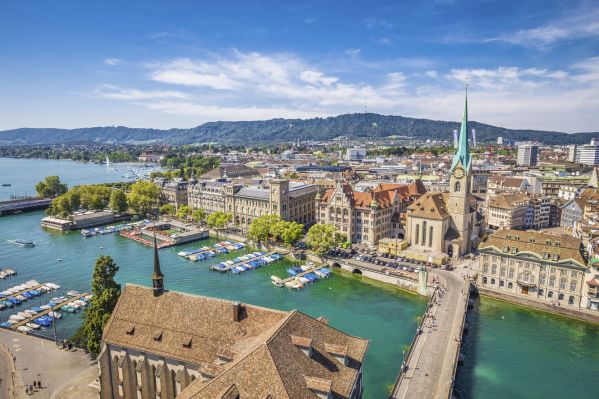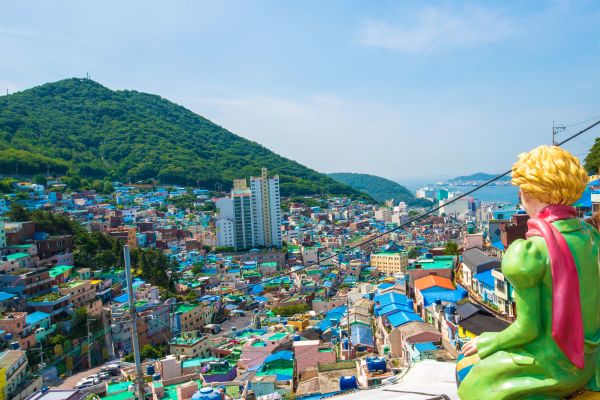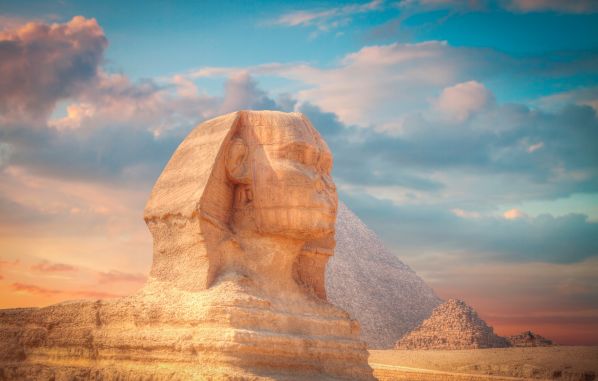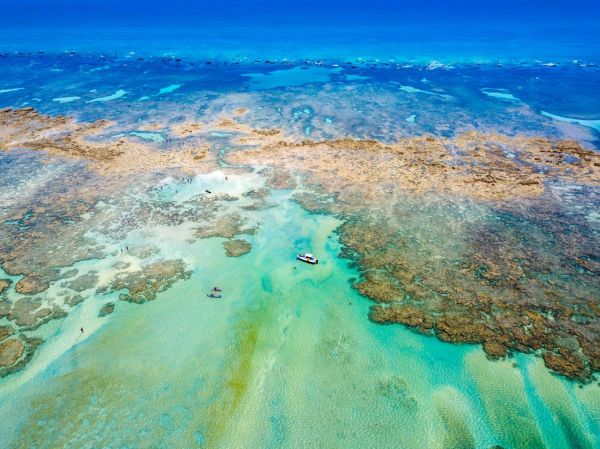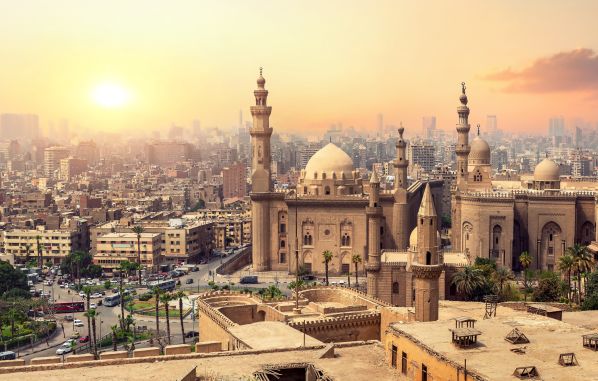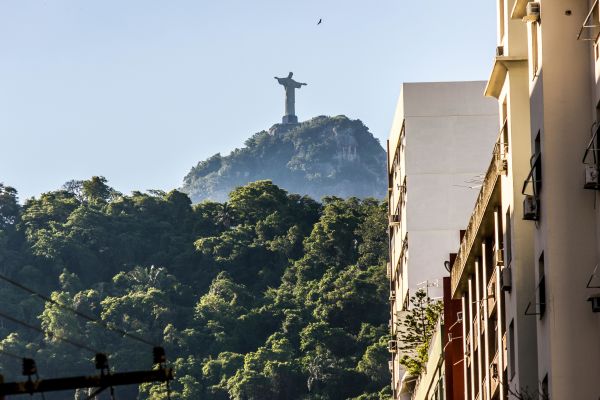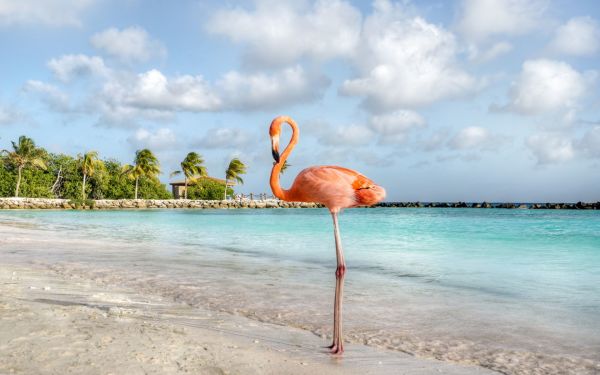Special 7 wonders of the world: Chichen Itza, the jewel of the Mayan Empire

The sun of the Yucatan Peninsula illuminates with splendor one of the most iconic structures of the Mayan civilization: Chichen Itza , one of the 7 wonders of the modern world and the most legendary jewel of this Empire, a treasure in the Riviera Maya .
Declared a World Heritage Site by UNESCO in 1988 and chosen in 2007 as part of the select group of wonders, this archaeological site is much more than a collection of ruins. It is a journey to the heart of the ancient Mayan civilization , an opportunity to marvel at its architecture , its engineering , and its profound connection to astronomy and religion , all just minutes from the Caribbean coast.
What is Chichen Itza
Chichen Itza is one of the most important and best-preserved archaeological sites in Mexico . Located in the state of Yucatan , approximately 200 kilometers from Cancun and 120 kilometers from Merida , this city was an important political, economic, and religious center of the Mayan Empire.
The jewel of the site is the famous Pyramid of Kukulkan ( El Castillo ), a majestic structure that rises in the center of the complex. But Chichen Itza is much more than a pyramid. It is a vast complex filled with temples , ceremonial platforms , ancient ball courts , and astronomical observatories .

The origins of Chichen Itza date back to 600 AD, when the Maya began constructing their first buildings in this region. However, it was between the 9th and 12th centuries that the city reached its peak, thanks to the Toltec influence that arrived from central Mexico. The fusion of both cultures is evident in the architecture and sculpture , which showcase a combination of distinctive styles.
Chichen Itza was a highly advanced city for its time, with sophisticated knowledge of astronomy, mathematics, and architecture . Its name comes from Mayan and means "Mouth of the Well of the Itzaes," referring to the nearby sacred cenotes , which were used for ceremonies and offerings to the gods.
However, around the 13th century, Chichen Itza began to decline mysteriously, and its final abandonment occurred long before the arrival of the Spanish conquistadors in the 16th century. Despite its fall, its legacy and structures remain as a testament to the grandeur of this lost civilization.
Why was it chosen as one of the wonders of the world?
In 2007 , Chichen Itza was selected as one of the new seven wonders of the modern world , through an international vote organized by the New7Wonders Foundation.
This choice was not accidental. The Pyramid of Kukulkan , with its precise 365 steps , representing the days of the solar year, is a marvel of ancient engineering . Furthermore, twice a year, during the spring and autumn equinoxes , a light and shadow phenomenon projects the image of a serpent descending the pyramid's steps, a direct allusion to the god Kukulkan , the feathered serpent immortalized in monuments.

This astronomical and architectural precision amazes tourists and scientists alike, reinforcing the cultural and historical significance of this site. Furthermore, Chichen Itza earned its place on the list of wonders as a symbol of the genius of the ancient Maya and an example of how, even without modern technology, they managed to construct monuments for scientific, religious, and artistic purposes.
Beyond the Castle of Chichen Itza
The tour of Chichen Itza will also take you to discover the Great Ballcourt , the largest of its kind in Mesoamerica . This space was not only used for the popular Mayan ritual games , but it is also believed to have had a profound religious significance .
The stadium walls are decorated with carvings depicting scenes of human sacrifice , reinforcing the idea that the game was more than just entertainment: it was a ceremony that could determine the fate of the participants. Standing in the middle of this court makes you imagine the intensity of the rituals that took place here, where the echo of drums and shouts still seems to resonate in the wind.

Another point of interest is the Sacred Cenote , a natural well that the Maya considered an entrance to the underworld . This cenote was not only a source of water but also a site for sacrifices and offerings to the gods . In its depths, archaeologists have found precious objects and human remains , confirming the religious importance of this place.

A little further on, you'll find the Temple of the Warriors , a structure surrounded by hundreds of columns sculpted with the image of valiant warriors. At the top of the temple is the famous Chac Mool sculpture, a reclining figure holding a vessel in its stomach, a symbol of offerings to the gods .

The Snail, for astronomy lovers
El Caracol is a must-see for astronomy enthusiasts, an ancient observatory used by the Maya to study the stars . This circular structure was designed with strategically aligned openings to observe astronomical phenomena, revealing the Maya's profound knowledge of the movement of the stars and planets.
Walking around this structure makes you appreciate the amazing level of scientific precision they possessed, being able to predict eclipses and mark agricultural cycles with impressive accuracy.

Chichen Itza is a journey into the past that transports you to one of history's most fascinating civilizations. Its mysterious grandeur , astronomical precision , and profound religious symbolism will leave you speechless. Are you ready to discover the secrets of this wonder of the world ?
You might also be interested in: Special 7 wonders of the world: Petra, the Rose City of Jordan


